I’m Dan Nguyen, a Bachelor of Interior Architecture from Swinburne University of Technology. My design approach prioritizes functionality, comfort, and practicality for users, with aesthetics as a key focus. I believe in continual improvement and that small details can create significant impact. My strengths include adaptability, attention to detail, time management, and technical skills to convey my ideas effectively.
Nguyen Dan
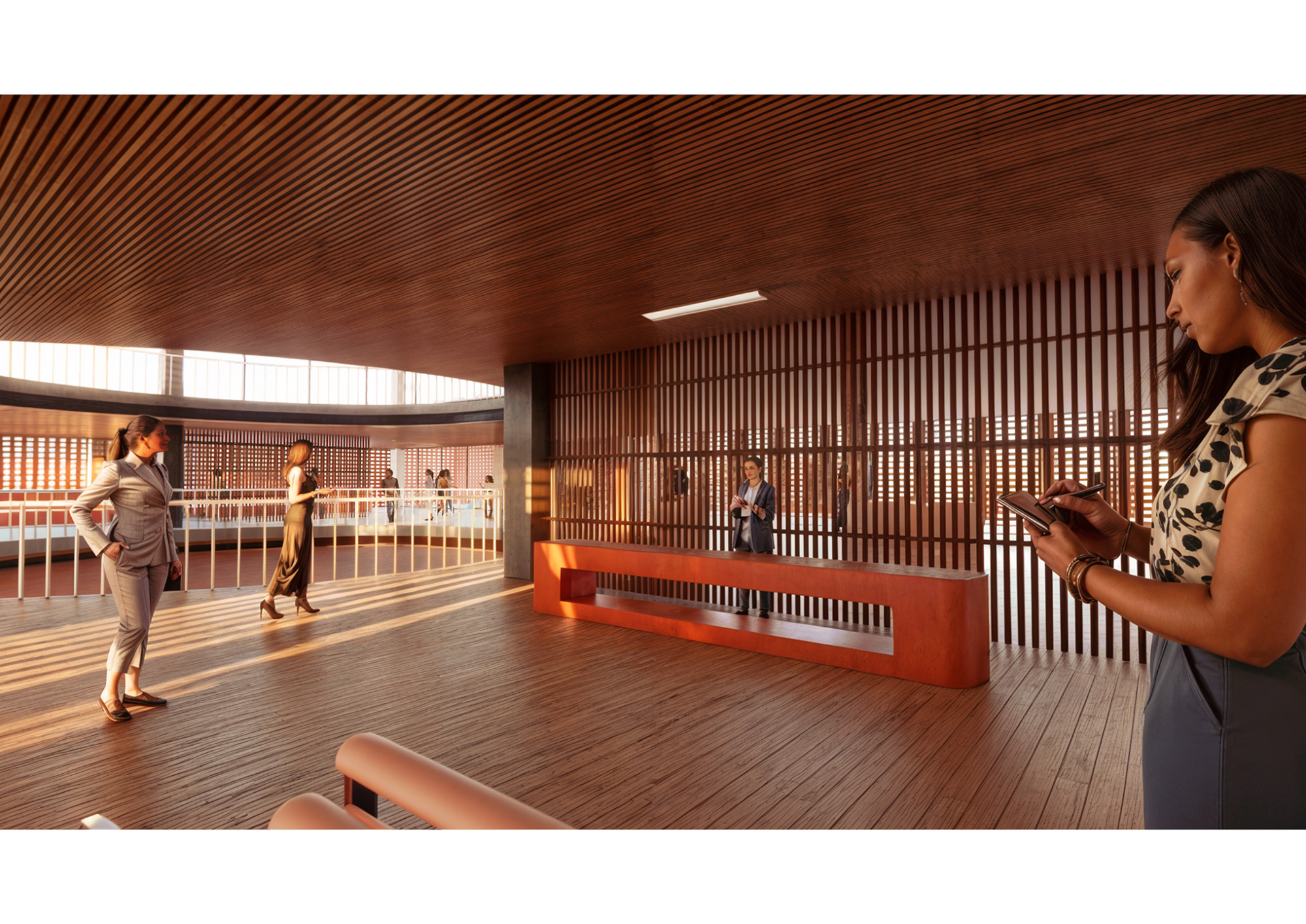
Handmade museum
The project encourages the exploration of local, handmade, and sensory-focused design.
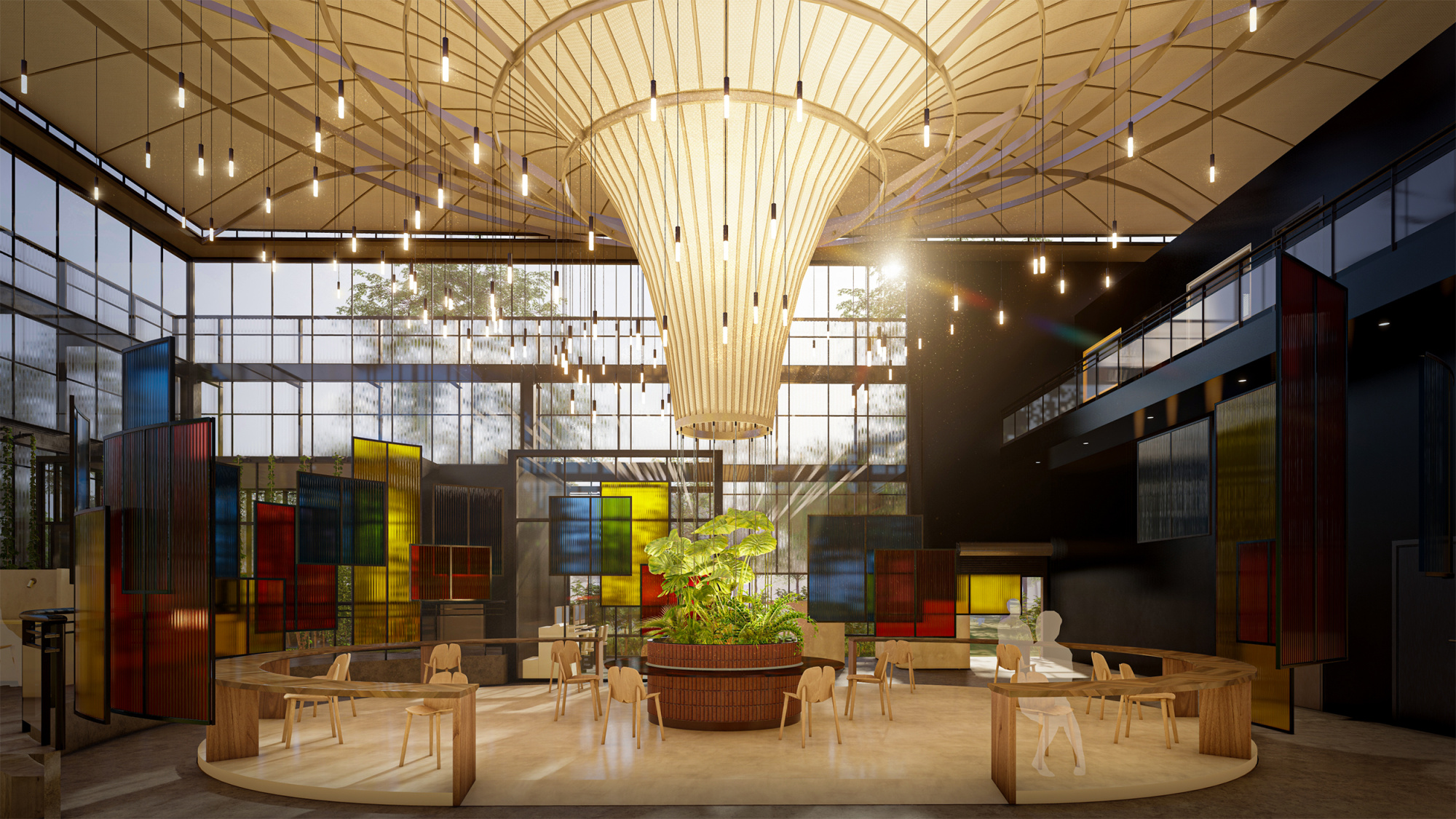
The photographic film emulsion co-working space
A co-working space designed specifically for independent filmmakers.
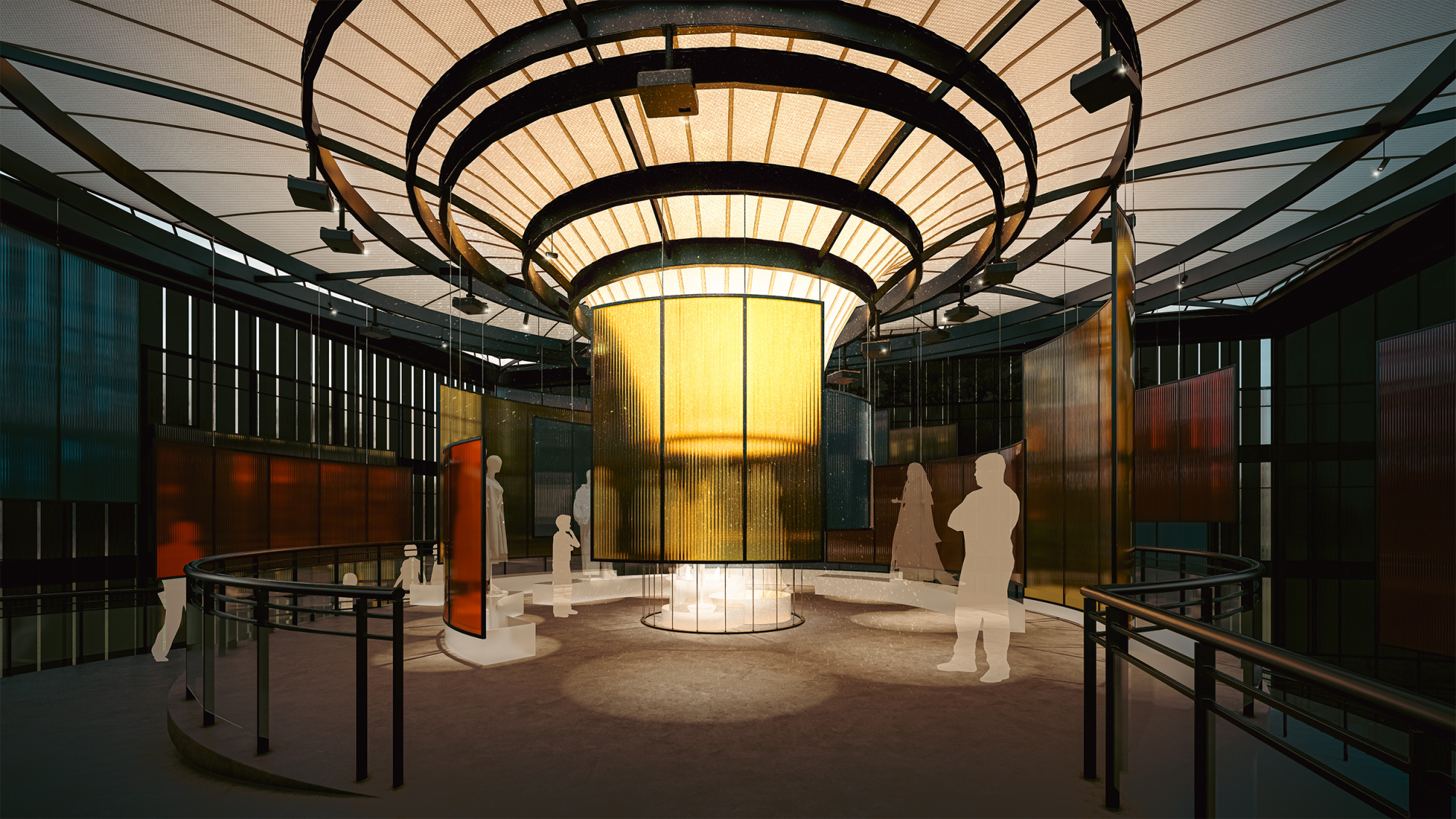
The photographic film emulsion gallery
The concept draws inspiration from photographic film emulsion, using semi-translucent polycarbonate in red, blue, and yellow
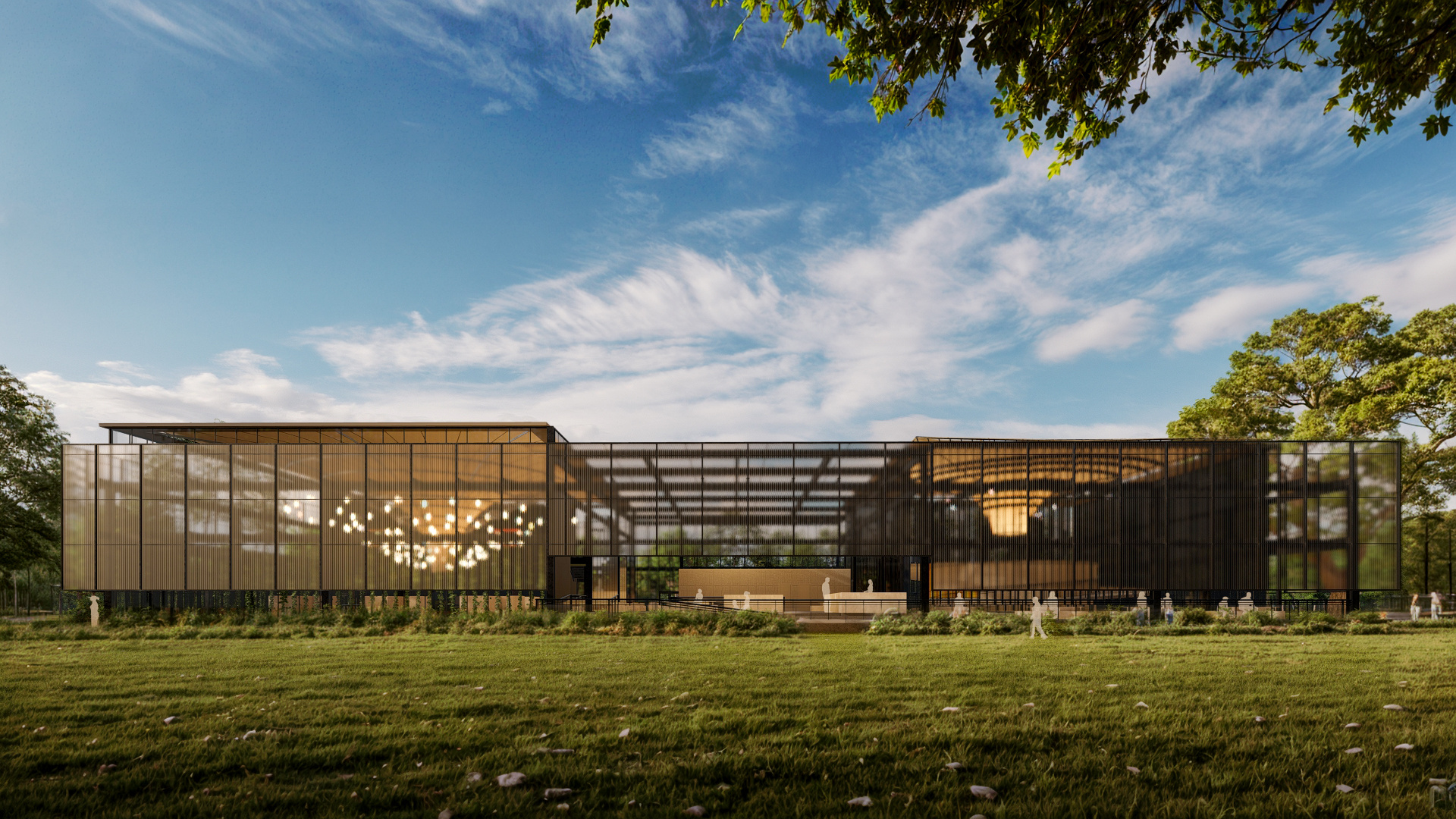
CíNe collab
The community center supports and connects people who work and care about the independent film industry.
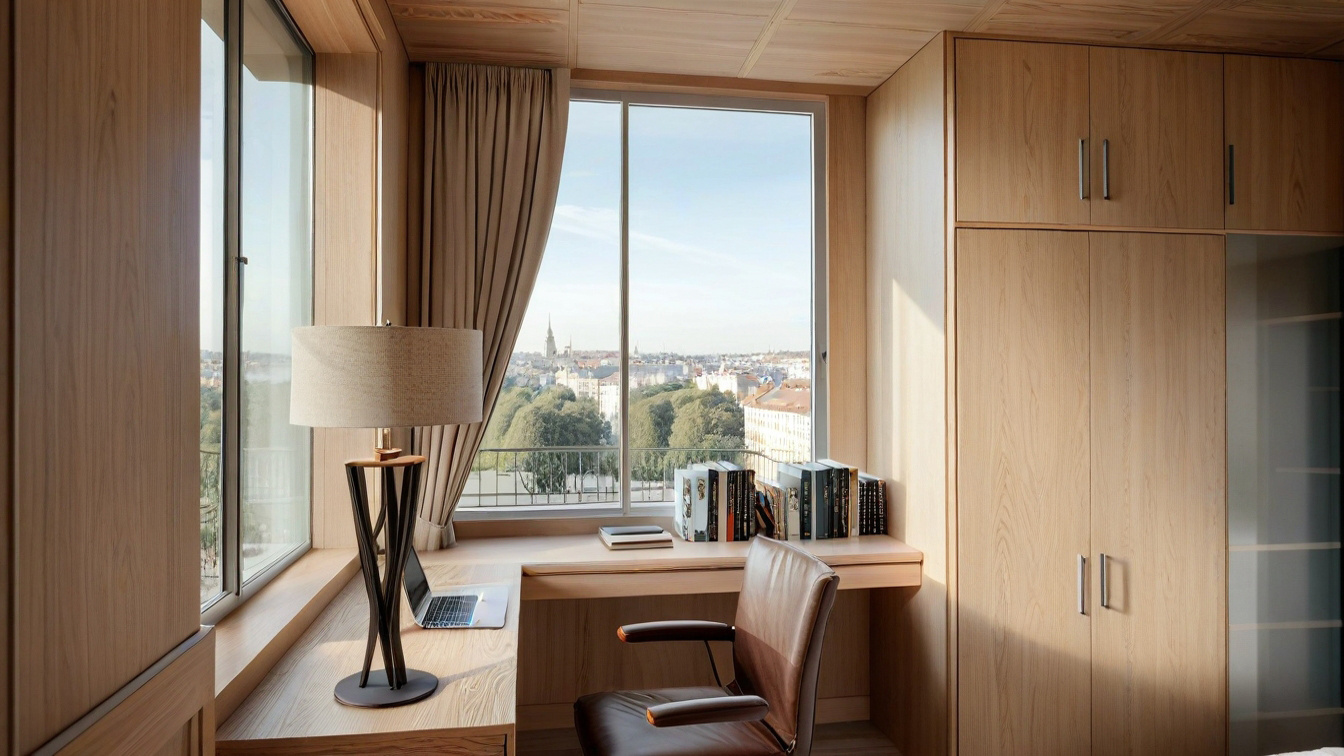
Swinburne student village
The project focuses on designing shared housing in a Swinburne Student Village, providing an alternative to conventional student accommodation.